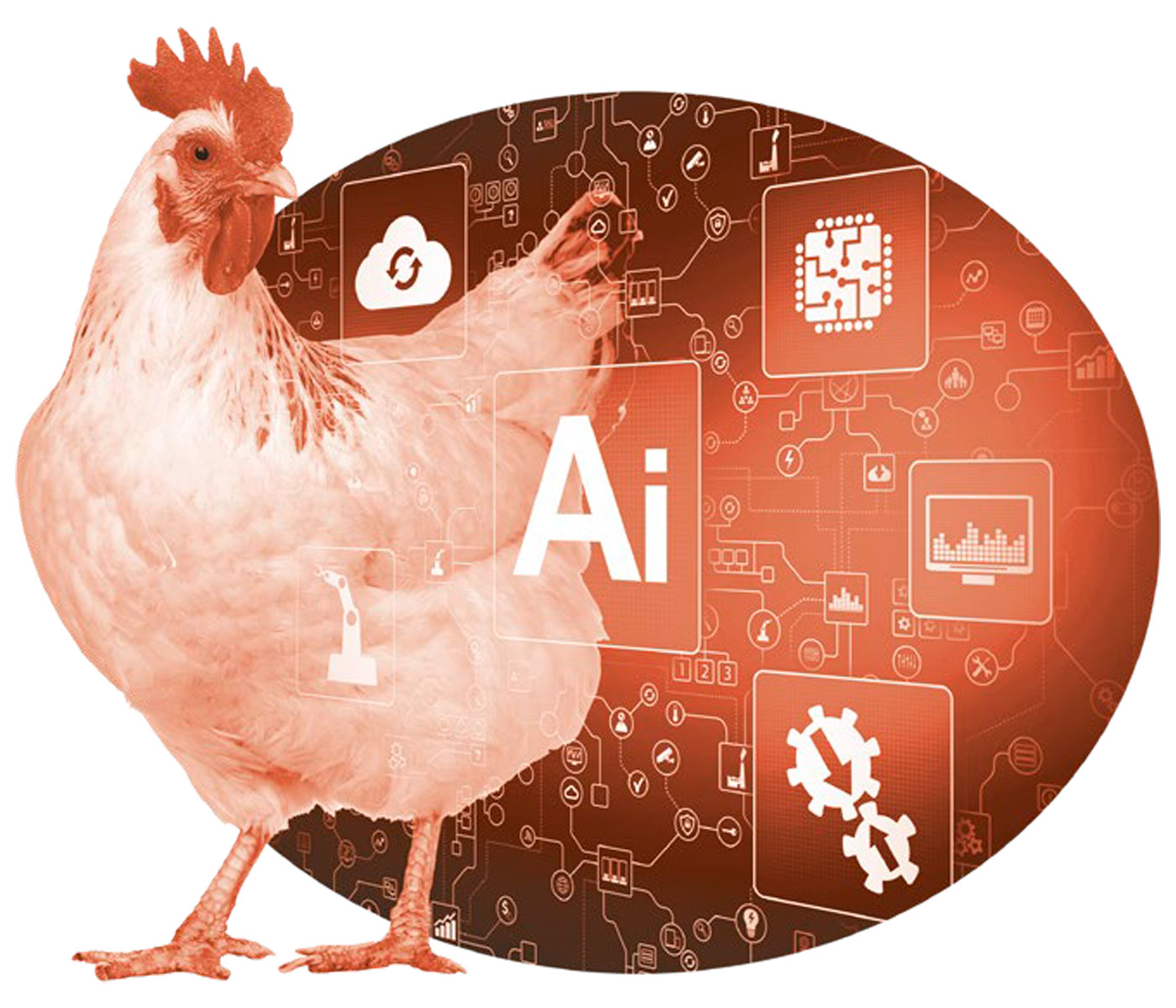Content available at: Indonesia (Indonesian) Melayu (Malay) ไทย (Thai) Tiếng Việt (Vietnamese) Philipino
Interest in animal welfare has increased over the years and is likely to remain on the agenda of producers and consumers of animal products.
The interest and evaluation of welfare has transcended theoretical concepts such as the five freedoms and has been applied in the development of new ones such as artificial intelligence.
- The aim of this article is to highlight key concepts in welfare assessment and to point out some scientific advances for its evaluation by means of artificial intelligence.
ANIMAL WELFARE BACKGROUND
The World Organization for Animal Health, OIE, defines animal welfare as:
The physical and mental state of an animal in relation to the conditions in which it lives and dies, and refers to the also known as the five freedoms:
- Free from hunger, thirst and malnutrition
- Free from fear and distress
- Free from physical and thermal discomfort
- Free from pain, injury and illness
- Free to manifest natural behavior
However, the use of the five freedoms as a means of animal welfare assessment may have some limitations when used in production animals such as poultry.
ANIMAL WELFARE CHALLENGES
Some of these challenges include the large number of animals, diverse housing types and species-specific characteristics.
Therefore, the use of objective and practical animal welfare indicators is recommended as a matter of routine practice.
- Based on the animal(s): These are those that are evaluated directly on the animal and include physiological and behavioral changes and some other animal health indicators.
- Resource-based: Includes direct observations of facilities and operations related to animal care and handling.
- Management-based: Includes documentary review of animal health and care procedures and records.
There are recommendations on the criteria to be evaluated within each of these indicators, but there may be national and international differences, as well as differences between national and private standards.
WOAH encourages private standards to develop transparency mechanisms and to work towards harmonization between public and private standards.
PRINCIPLES OF AN ANIMAL WELFARE PROGRAM
In general an animal welfare program should be governed by the following principles from Main et al (2014):
- Dynamic animal welfare management program: The program should be proactive and be able to promote continuous improvement.
- Progressive standards: Standards should at least meet the minimum stipulated by law and seek a relevant certification program in addition to promoting areas for improvement.
- Have pre-defined evaluation guidelines and promote behavioral change: It is important to establish priorities and animal welfare concerns in advance, as well as to promote the interest of program participants to generate change.
- Programs must offer technical advice, as well as have permissible or non-permissible criteria within evaluations.
- Participation of external evaluations: Through evidence-based programs, evaluations can be developed and reviewers (external inspectors or auditors) can be invited to participate.
POULTRY WELFARE AND ARTIFICIAL INTELLIGENCE
Modern poultry farming has been characterized by its continuous search for the optimization of resources in order to achieve productive efficiency, ensure optimum bird development and minimize mortality.
This has been possible thanks to the effort of diverse technologies and multidisciplinary developments.
- Therefore, the inclusion of concepts such as “precision livestock” is not alien to poultry farming, since it focuses on the automated monitoring of animal consumption and behavior and information analysis using artificial intelligence tools such as machine learning or deep learning.
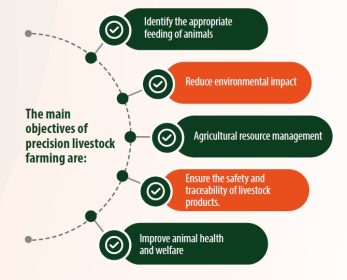
ANIMAL PRODUCTION AND INDUSTRY 4.0
This holistic view on information capture and automated analysis for decision making in animal production has an important role to play in the fourth industrial revolution or also called Industry 4.0.
This digital transformation of the countryside includes tools such as:
- Machine learning which consists of the linear evaluation of information ranging from capturing information, processing it and presenting results.
- However, there are more complex tools such as deep learning that use algorithms that allow the analysis of such information in a non-linear way.
In other words, they use classification methods and data regressions similar to the pattern of learning and analysis of the human brain.
- The scope of such tools for poultry welfare assessment remains to be seen, but current scientific research has focused on the use of artificial intelligence in animal- and resource-based indicators.
ADVANTAGES OF THESE NEW TECHNOLOGIES
- The main advantages offered by this technology for animal assessment is that it is objective by minimizing the subjectivity of human judgment.
- Currently, the evaluation of animal welfare depends largely on the experience and knowledge of the evaluator.
- Another advantage is that it is noninvasive, since the collection of information such as images or data can be analyzed remotely.
- This represents an advantage in terms of biosecurity and stress or behavioral changes of birds in the presence of humans.
- Real-time analysis is potentially another advantage, but depends largely on the equipment to be used.
USE OF ARTIFICIAL INTELLIGENCE: ANIMAL-BASED INDICATORS
Okinda and colleagues (2020) identified research with the use of artificial intelligence in poultry production focused on animal-based indicators such as:
- Weight gain assessment
- Lameness and locomotor problems
- Identification of health problems
- Monitoring systems for movement and behavioral changes
The methodology to perform these analyses differs among studies.
Weight gain assessment
In general, in the case of weight gain evaluation, images of the birds are captured in an automated manner and the bird is assigned or coded a geometric figure according to the space occupied by its body in relation to the environment.
The analysis consists of evaluating the changes of the geometric figure or body of the animal in relation to the environment.

In theory, this processing seems straightforward, but it depends on several factors such as production type and image capture:
- On a farm with birds on the floor, such as broiler chicken, it is simpler.
- Birds in an aviary or cage where it is more complicated to identify the animal in isolation.
There are also other practical complications such as the effect of illumination on image quality and estimation errors as animal density changes.
Analysis of locomotor problems
In the case of locomotor problem analysis, artificial intelligence has advantages such as the automation of the evaluation.
- Locomotor problems in chicken production can affect between 15-25% of the population and severely affect their welfare by preventing the development of expected behaviors such as eating and drinking.
- The conventional method of lameness assessment consists of a visual inspection of the chickens’ gait and scoring on a scale of 0 to 5, with 5 being the score that reflects the most difficulty in walking. This procedure requires experience, time and is performed individually per bird.
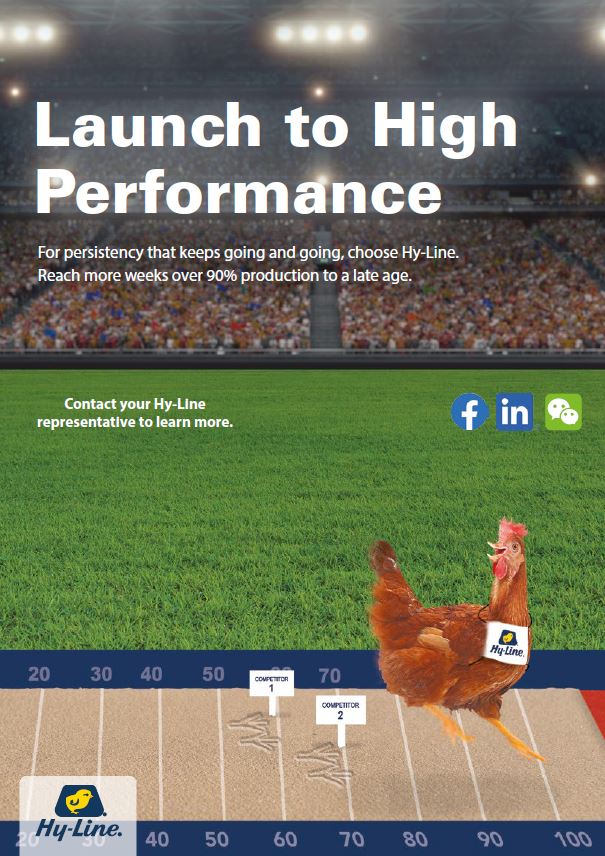
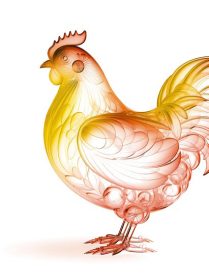
- This provides an objective and more practical analysis of the chickens’ gait.
Health problems assessment
Research with this technology reports identifying birds with problems with better accuracy compared to the conventional method, which represents an advance in favor of animal welfare by being able to identify health problems in a timely manner and take corrective and preventive actions.
However, there are also technical limitations in the use of these tools, since images of lateral positions of the birds are required to evaluate their gait, while obtaining images from above or on top of the birds is less invasive.
- Likewise, these investigations were carried out in controlled environments and the movement of the birds was temporarily restricted to facilitate the capture of individual information.
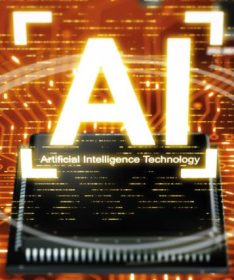
The assessment of health problems has been studied with various approaches using artificial intelligence.
- Examples include the assessment of caloric stress using images captured with infrared technology and their subsequent analysis with machine learning.
Motion and behavioral change monitoring systems
Behavioral changes in birds undergoing infectious processes and even changes in color and viscosity of excreta have also been evaluated as indicators of health, but the practical limitations are similar to those mentioned above.
USE OF ARTIFICIAL INTELLIGENCE: BASED ON RESOURCE INDICATORS
Other applications of artificial intelligence for the assessment of animal welfare based on resource indicators are those used to measure changes in temperature, humidity and other environmental conditions on the poultry farm in an automated manner.
The goal of their use is better resource management to ensure poultry care and minimize environmental impact.
CONCLUSION
In conclusion, the use of artificial intelligence tools poses several solutions to current challenges in poultry production.
- However, its application still has limitations and is oriented to integrated systems or systems with a certain degree of technological advancement.
- Nevertheless, there are benefits for poultry welfare if their integration into production sites is achieved.
It is important to mention that the use of this technology still requires the operator to make decisions and it is the responsibility of the producer, veterinarian and farm personnel to take care of the birds’ care and welfare.
